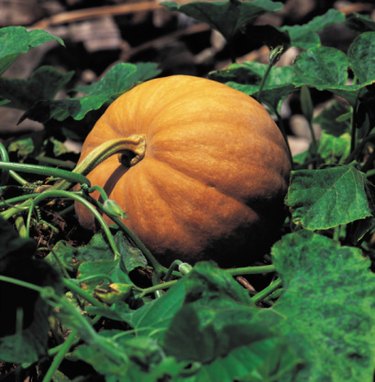
Many adults and kids associate pumpkins with falling leaves and long-sleeve weather. Seasonal decorating moves away from spring and summer flowers to Halloween and Thanksgiving harvest decor that includes the pumpkin. It does not occur to non-gardeners that frost and cold temperatures can kill this vine-growing fruit. Pumpkins take 90 to 120 days to grow to maturity, requiring full sunshine and a warm growing season. Stored properly at temperatures between 45 and 55 degrees Fahrenheit, pumpkins can last up to three months after harvest.
Seeds and Seedlings
Video of the Day
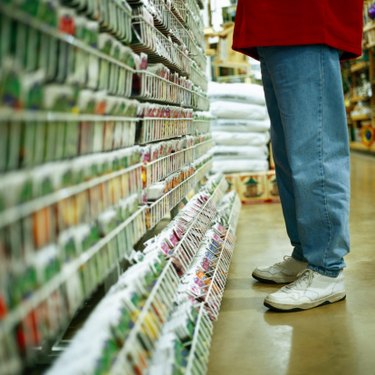
Long before becoming a pumpkin, the seeds are susceptible to the cold. When planting seeds directly into the garden, the recommended soil temperature is at least 70 degrees Fahrenheit. If the soil is too cold, seeds will rot in the ground. Some gardeners plant seeds indoors and transplant the seedlings to the garden after the last spring frost. Most seed packets have color-coded planting zones and recommended planting times on the back of the package.
Video of the Day
Pollination
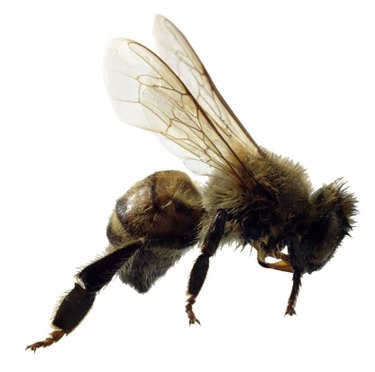
Pumpkin vines grow male and female flowers. The male flower grows on a long slender stem. The female flower is a stubby, ovary shaped stem. Honeybees fertilize the flowers through pollination, which causes the vines to produce pumpkins. Cool weather, below 50 degrees Fahrenheit, diminishes bee activity that can result in smaller, badly shaped fruit and a low yield.
Effects of the Cold on Pumpkin Plants in the Field
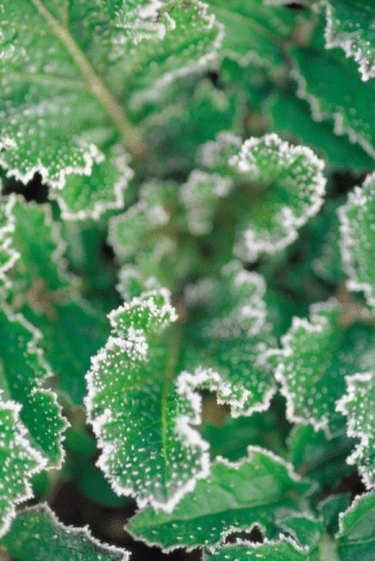
Temperatures that fall to the teens and bring frost are devastating to pumpkin vines. Green, immature pumpkins depend on the vines to live. The cold and frost freezes the cellular structure inside the vine and the pumpkin will die for lack of nourishment. Damaged vines appear lifeless and feel soft and mushy. The vines and their leaves wilt to the ground. Once pumpkins freeze, mature or green, the fruit rots.
Harvest and Storage
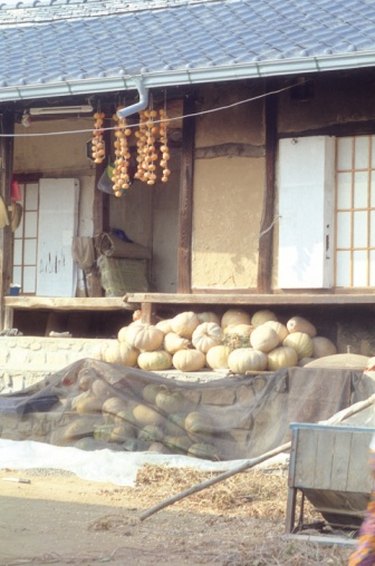
As pumpkins ripen, their rind turns orange in color and hardens. Gardeners cut the vines about 3 to 6 inches above the pumpkin and carry them by hand from the field, holding the body of the pumpkin only. Leaving a stem gives added protection against rot-causing microorganisms from entering the pumpkin during storage. Stored pumpkins do best in dry cool areas between 45 and 55 degrees Fahrenheit. Place cardboard between the bottom of the fruit and the floor or shelving area to prevent staining.
History
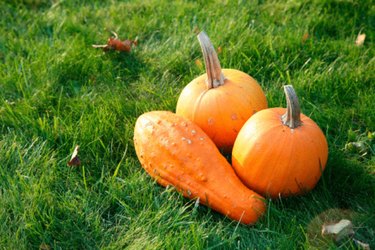
Pumpkins belong to the Cucurbita genus and originate in the Old World. Native Americans baked whole pumpkins in hot ashes. Because of the shortage of food, European settlers adopted the pumpkin as a food staple and learned to cultivate the fruit from the Indians.
- News Watch 12; Cold Weather Could Hurt Pumpkin Harvest; Steven Sandberg; Oct. 6, 2009
- University of Illinois Extension Home Hort Hints; Harvesting and Storing Pumpkins, Winter Squash and Gourds...
- New York Times, Times Topics: Pumpkin Recipes
- University of Wisconsin-Extension, Cooperative Extension; Growing Pumpkins and Other Vine Crops...